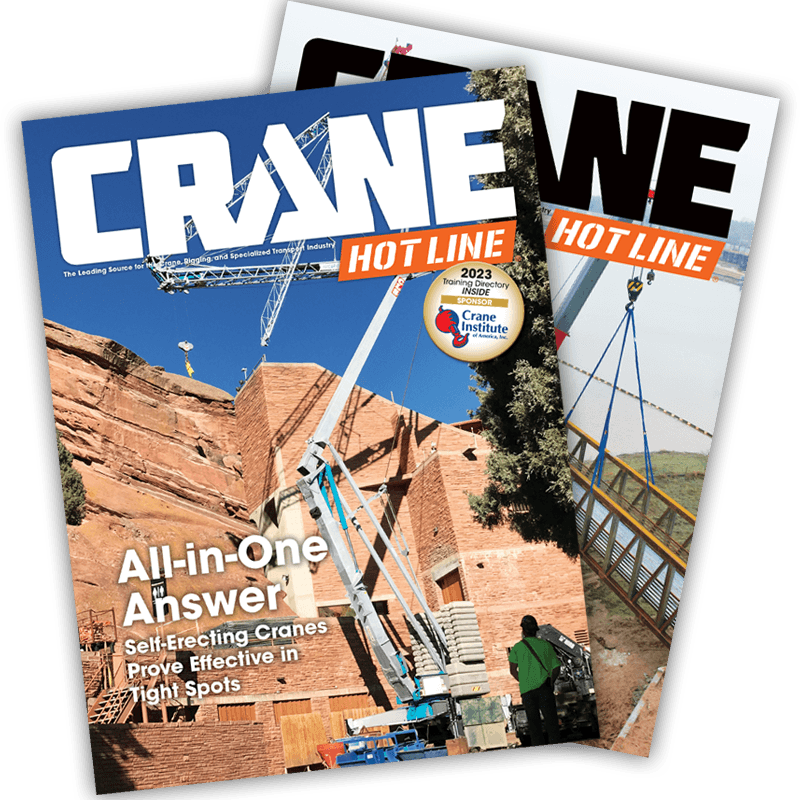Building the Workforce of Tomorrow
Closing the Construction Labor Gap through Connection
The construction industry is facing one of its most significant challenges in decades — a growing labor shortage that threatens infrastructure progress, housing affordability, and long-term economic growth. Both residential and commercial sectors are feeling the strain as demand for construction services continues to rise, while the supply of skilled workers lags dangerously behind.
An Industry at a Crossroads
A significant factor driving this shortage is an aging workforce. A large percentage of skilled tradespeople are nearing retirement, and there are not enough younger workers stepping in to fill those roles. According to the U.S. Bureau of Labor Statistics, the median age of construction workers is now higher than in most industries — a demographic shift that continues to tighten the labor pool year after year.
At the same time, many schools have reduced or eliminated vocational programs, leaving fewer opportunities for students to explore the trades. Combined with cultural pressure to pursue four-year degrees, this has left a generation of potential craft professionals unaware of the rewarding, stable, and well-paying careers available in construction.
Why Workforce Development Matters
Reversing this trend requires collaboration between educators, employers, and industry leaders. Expanding apprenticeships, technical training, and partnerships with trade schools can help create clear pathways into construction careers. Just as important, the industry must continue reshaping how these careers are perceived — emphasizing that construction offers not only financial security but also pride, growth, and purpose.
Catalyst Job Board: Where Opportunity Meets Talent
The Catalyst Communications Network Job Board is designed to bridge the gap between the skilled professionals who keep our industry moving and the employers who need them most.
Here, job seekers can find real opportunities across the crane, construction, and heavy-equipment sectors — from operators and mechanics to welders, riggers, and technicians. Employers gain access to a verified, trade-specific audience built through Catalyst’s long-standing network in construction, industrial, and agricultural markets.
“Creating a central job board like this isn’t just about filling open positions — it’s about building a bridge between training and opportunity,” says Meagen Kehrt, Operations Director at Train for the Crane. “We see talented people finish their training every week who simply need a clearer path to the right employer. Catalyst’s Job Board gives them that connection, helping the entire industry grow stronger and more sustainable.”
Building the Future Together
The construction labor shortage won’t be solved overnight — but every connection made here brings us one step closer. By linking skilled professionals with reputable employers, Catalyst’s Job Board supports the continued growth, safety, and innovation that define this industry.
If you’re an employer, post your openings and reach the workforce that builds America.
If you’re a job seeker, explore opportunities that match your skill set and ambitions.



